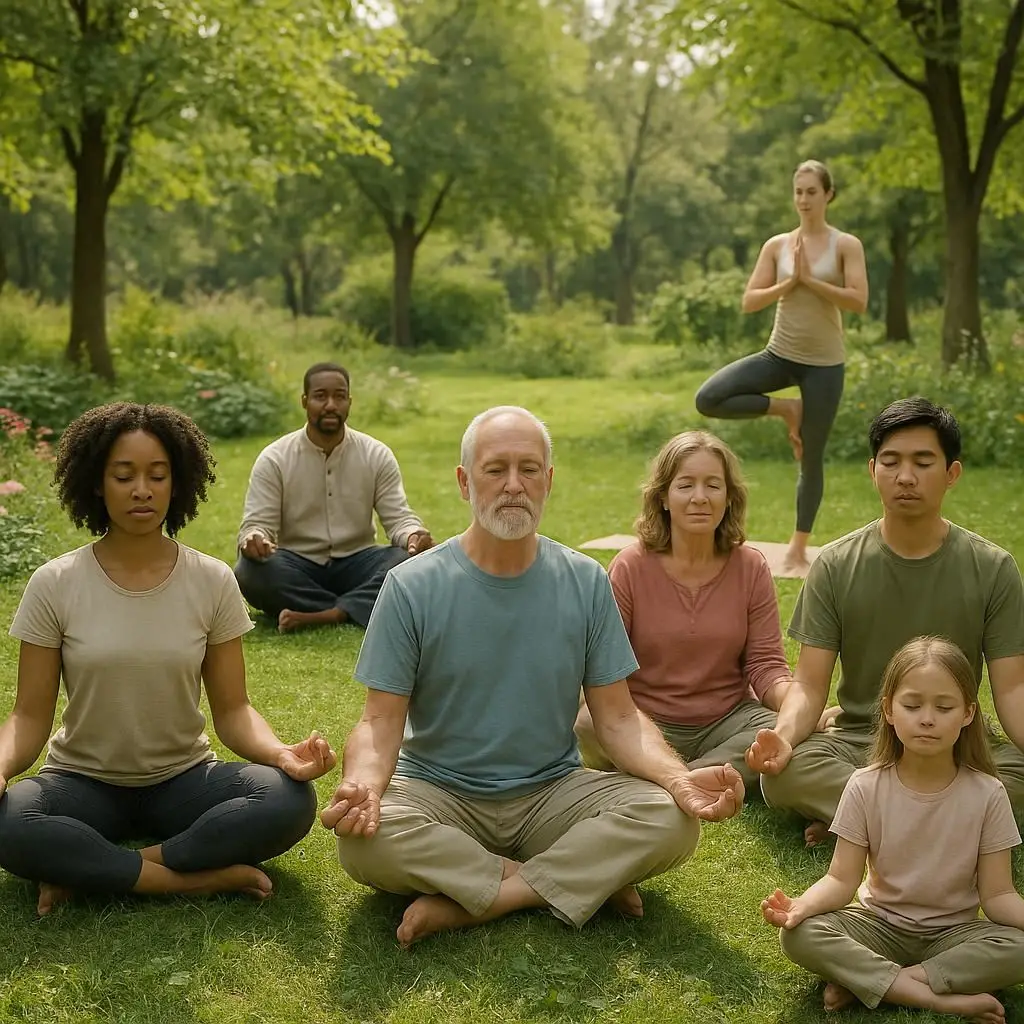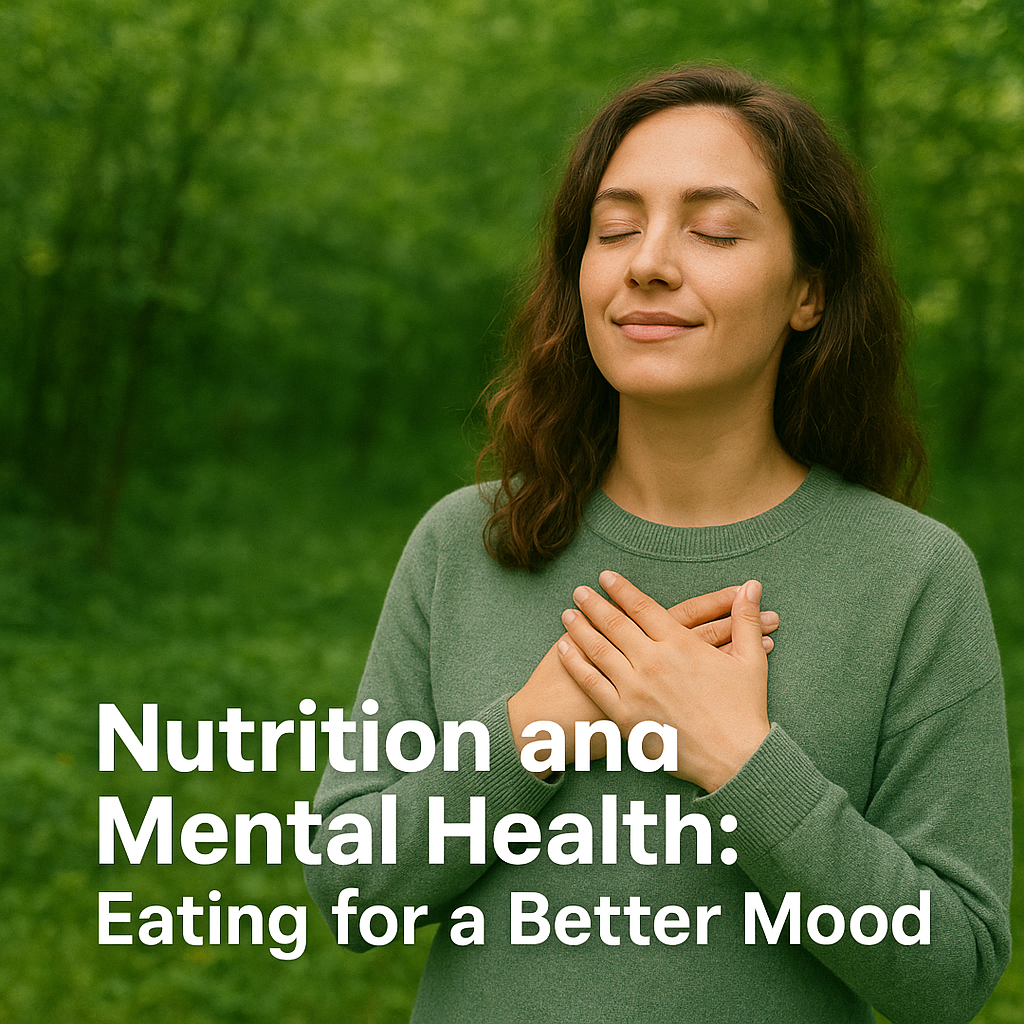What Is Mindfulness?
Mindfulness is the practice of paying full attention to the present moment without judgment. It means noticing your thoughts, emotions, and surroundings with openness instead of reacting automatically. While simple, mindfulness is powerful—it helps reduce stress, improve focus, and increase overall well-being.
In a world full of distractions, mindfulness teaches us to slow down, breathe, and experience life more fully.
Why Mindfulness Matters
Practicing mindfulness offers both mental and physical health benefits:
- Reduces stress. Calms the body’s stress response and lowers cortisol levels.
- Improves focus. Helps manage distractions and sharpen attention.
- Supports emotional balance. Encourages awareness of feelings without being overwhelmed by them.
- Enhances relationships. Increases patience, empathy, and presence with others.
- Boosts resilience. Builds the ability to handle challenges more calmly.
These benefits make mindfulness a valuable tool for everyday life.
Simple Ways to Practice Mindfulness
Mindfulness doesn’t require hours of meditation—it can be built into daily routines.
1. Mindful Breathing
Take a few minutes to focus only on your breath. Notice each inhale and exhale without trying to change them.
2. Mindful Eating
Eat slowly, savor flavors, and pay attention to the textures and smells of food. This practice improves digestion and prevents overeating.
3. Mindful Walking
Walk slowly and notice the sensations of your feet touching the ground, the rhythm of your steps, and the environment around you.
4. Body Scan
Bring awareness to each part of the body, starting from the toes and moving upward. This helps release tension and promotes relaxation.
5. Mindful Listening
When talking with someone, listen fully without planning your response. This deepens connection and understanding.
Mindfulness in Work and Study
In busy environments, mindfulness can improve productivity and reduce burnout.
- Take short breaks for breathing exercises between tasks.
- Use focus techniques such as the Pomodoro method combined with mindful pauses.
- Notice when your mind wanders and gently bring it back to the task.
Mindfulness increases efficiency by training the brain to stay present.
Overcoming Challenges in Practicing Mindfulness
It’s normal to face difficulties at first—restlessness, boredom, or wandering thoughts. Remember:
- The goal isn’t to stop thoughts but to notice them without judgment.
- Start with just a few minutes per day.
- Be patient—mindfulness is a skill that grows with practice.
Like exercise, the benefits come from consistency, not perfection.
Mindfulness and Emotional Well-being
Mindfulness helps you pause before reacting, creating space for healthier responses. It can reduce impulsive behavior, ease anxiety, and improve mood regulation. Over time, this leads to greater self-awareness and emotional stability.
Final Thoughts: Living Mindfully Every Day
Mindfulness is not about escaping life—it’s about engaging with it more fully. By practicing mindful breathing, eating, walking, or simply noticing your surroundings, you can bring calm, clarity, and joy into daily experiences.
Making mindfulness a habit transforms ordinary moments into opportunities for peace and presence.








